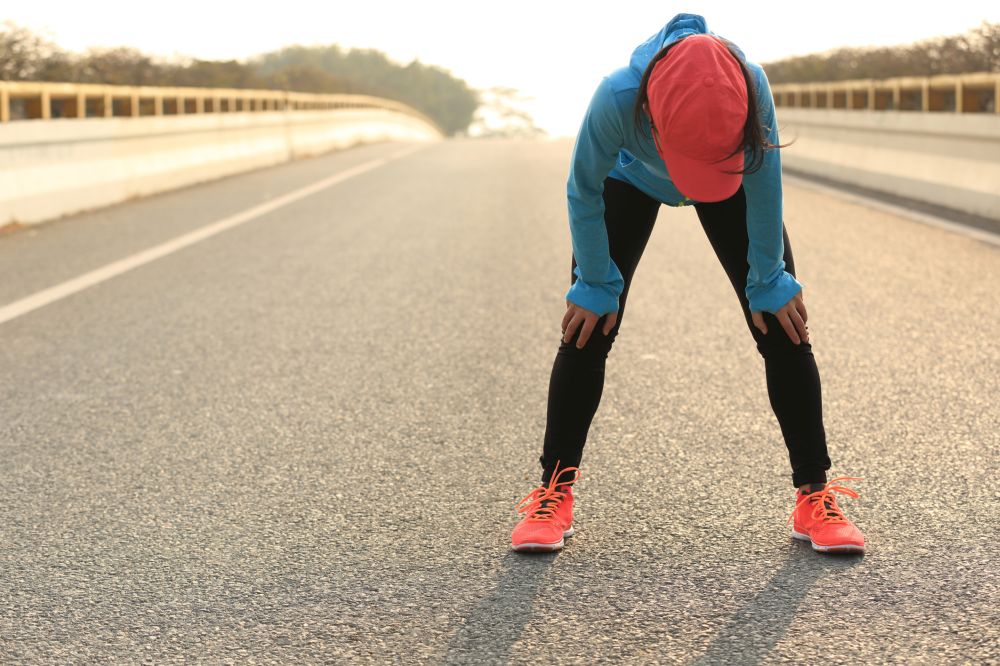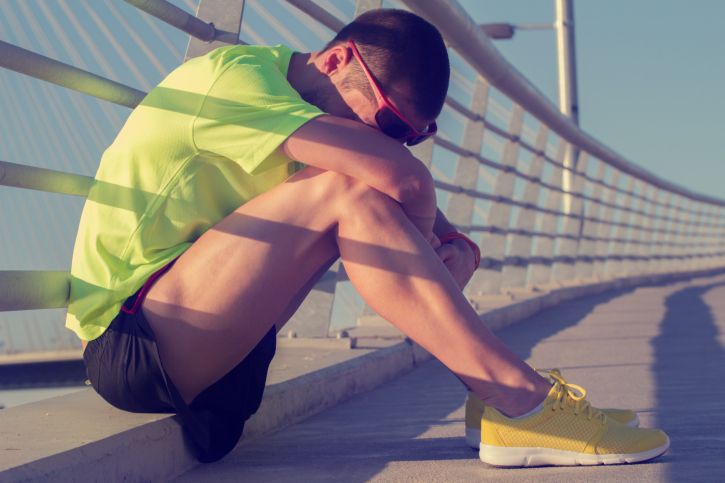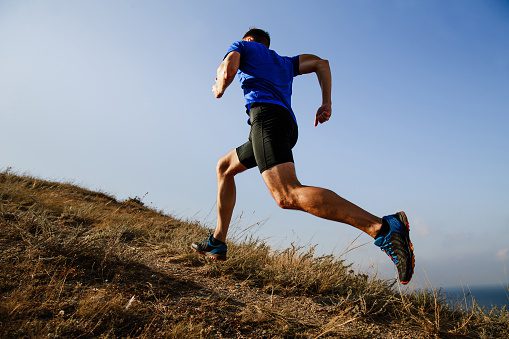Why you shouldn’t train if you’re diagnosed with COVID-19
It may be OK to train through minor colds or illnesses, but COVID-19 is a different beast, and it's best to take a few weeks off if you test positive

While it is true that the coronavirus has disproportionately had negative effects on older populations (of Canada’s close to 9,000 deaths, 6,400 have been 80 or older, with another 2,200 between the ages of 60 and 79, according to official reports), it does not mean younger or physically fit people are automatically safe from COVID-19. As reported in a recent article from Bicycling magazine, continuing to exercise through COVID-19 can have devastating or even deadly effects on patients. Here’s why you shouldn’t try to train through COVID-19 if you test positive, regardless of how young or fit you may be.
You can't and *really* shouldn't just push through COVID. If you feel sick stop exercising and get checked out. https://t.co/74p35Ad0sL
— Bicycling Magazine (@BicyclingMag) August 24, 2020
More than just a cold
While many experts say it’s OK to continue to work out and run when sick with regular illnesses, like a cold, that is not the case with COVID-19, as Dr. Jordan Metzl, a sports medicine physician from New York City, tells Bicycling. “COVID-19 plays by different rules when it comes to sports and exercise,” Metzl says. Running is a great way to boost your immune system and to help prevent conditions that could exacerbate COVID-19 symptoms such as obesity or diabetes, but if you test positive for the virus, it’s better to rest rather than to try to train through the illness.
RELATED: Usain Bolt tests positive for COVID-19
Metzl notes that it’s important to keep active during the pandemic and that it can certainly help your general health, but he adds that, “You need to be a very good body listener right now.” Don’t ignore unusual or persistent fatigue, shortness of breath or chest pain.

“Even if you find yourself suddenly unable to keep up with your usual exercise partners, that’s a red flag to stop and get tested,” says Dr. Sunal Makadia, a cardiology specialist from Maryland. “Check your heart rate monitor, if you use one,” Makadia says. “If you’re hitting your peak heart rate unusually early in your ride or having a hard time bringing your heart rate down, that’s a sign you should check in with your doctor.”
RELATED: Citing COVID-19 risks, 200m world champ prepares to sit out all of 2020
Risk of myocarditis
A concern for anyone who contracts COVID-19 — no matter the severity of the case — is myocarditis, which is the inflammation of the middle layer of the heart wall. This can lead to a weakening of the heart, heart failure, abnormal heartbeat and even death. The Bicycling articles notes that even patients who are asymptomatic can develop myocarditis due to COVID-19. In a study out of Germany, researchers performed cardiac MRIs on 100 patients who had recovered from COVID-19. Half of them had mild to moderate symptoms and 18 per cent had no symptoms. Of the 100 subjects, 78 were found to have structural changes in their hearts, and 60 had myocarditis.
Makadia adds that, “During training, you increase your cardiac output. If you’re infected, this could in theory increase the viral replication in the heart muscle. If that happens the higher viral load may increase your risk of cardiac harm in the form of myocarditis, arrhythmias, and heart failure.” Metzl points to a “CrossFit enthusiast” who was in her early 30s and infected with COVID-19.

“She had lingering fatigue and sluggishness and thought she would go out for a run to feel better,” Metzl says. “She died of a heart attack. She was young and healthy and had no pre-existing cardiac history. It’s very important to be conservative with COVID-19.”
RELATED: Does cardiovascular fitness lower your risk for COVID symptoms?
Take a break
Makadia says to take at least two weeks off from training if you test positive for the coronavirus, regardless of whether you have symptoms. If you are exhibiting signs of the illness, you should wait an extra two weeks after your symptoms subside before returning to workouts.
“The real concern is that people can have a biphasic response,” Makadia says. “You can get symptoms and then after a few days feel that you’ve recovered. But then a lot of people have a resurgence of symptoms, and it’s that second bout that can be really troublesome. That’s when they get significantly worse. We want to avoid that second bout. That’s where that two-week recommendation comes from.” Even after those two weeks, Makadia says it would be a good idea to follow up with your doctor before jumping back into training, and once you get the OK to resume workouts, to ease into them rather than picking up where you left off pre-diagnosis.


